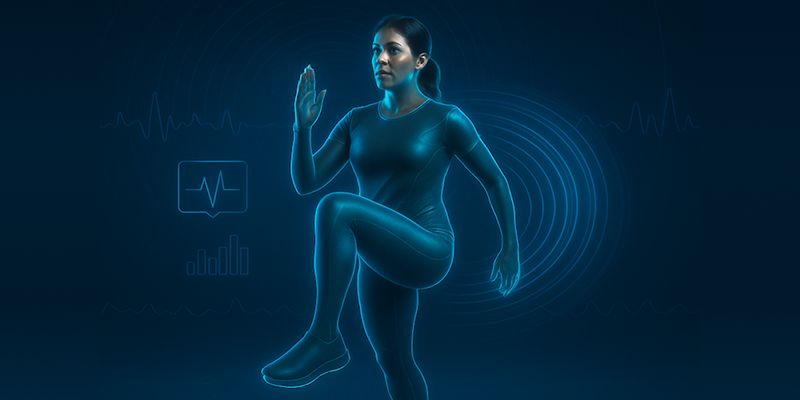Over the past few months, I’ve been immersed in the development of a new-age, AI-powered wearable device—an intelligent system that goes beyond tracking steps or sleep. This product learns from behavior, adapts in real time, and gently nudges users toward better decisions through subtle, always-on interactions.
It’s an exciting challenge that combines AI, human-centered design, and behavior science. And through deep research and hands-on experience, one thing has become clear: the intelligence of the AI only matters if the experience feels effortless, trustworthy, and human.
This post shares key insights from that journey—lessons for UX designers, product leaders, innovators, and decision-makers working at the edge of AI and wearable technology.
Designing for the Invisible: UX in Passive Interactions
AI-powered wearables don’t wait for a tap—they sense, predict, and act. Much of the interaction happens without screens and without conscious input. That changes everything.
Traditional UX relies on visible controls. But here, UX must be designed into the ambient layer:
- A subtle vibration
- A shift in light or color
- A haptic nudge to move, breathe, or check in
These passive cues become the new interface—and they need to feel intuitive, not intrusive. The challenge? Designing interventions that respect attention while still delivering value.
Trust Is the Foundation of Engagement
Wearables deal with deeply personal data—heart rate, stress levels, movement, even emotional states. If users don’t trust how their data is handled or interpreted, they disengage.
That’s why transparency, explainability, and consent are crucial to UX for AI wearables.
- Why is this insight being shown to me?
- Where is my data stored?
- Can I opt out or customize what’s tracked?
Trust isn’t a checkbox—it’s a continuous experience. And great UX builds it not through disclaimers, but through clear, calm, and honest design choices.
Personalization Is Powerful—When It Feels Human
AI can offer remarkable personalization—but only if it feels like a thoughtful companion, not a machine making cold predictions.
The way suggestions are worded, when they appear, and how they relate to a user’s context all impact whether they feel helpful—or invasive.
Instead of: “You’re not hitting your activity goal.”
Try: “Want to take a short walk? It could help clear your head.”
Tone, empathy, and timing are core parts of the user experience—not just features.
Clarity in Micro-Moments
Users interact with wearables in brief windows—on the move, between tasks, often without full attention. This is where micro-moment design matters most.
Wearable UX should be:
- Glanceable in 2–3 seconds
- Free of clutter or cognitive friction
- Prioritized for what matters now
Let the AI do the heavy lifting in the background. The user should only see what they need—right when they need it.
Feedback Makes the System Smarter (If You Design for It)
AI models improve with feedback—but users won’t fill out forms or rate predictions every day. That’s why feedback should be built into the natural flow of interaction.
Examples:
- Swiping to confirm or reject a suggestion
- Delaying on a notification as an implicit signal
- Simple, occasional prompts that don’t overwhelm
The right UX helps the AI learn better over time—while giving users a sense of control and agency.
Final Thoughts: UX Is the Bridge Between Intelligence and Impact
Working on this AI-powered wearable has shown me that the most powerful AI is invisible until it’s needed—and deeply personal when it shows up.
No matter how advanced the data science or hardware, it’s the user experience that determines whether people adopt, trust, and stick with the product.
For anyone building in this space—product managers, UX teams, founders, and decision-makers—my message is this:
UX isn’t a layer on top of AI. It’s the interface through which intelligence becomes meaningful.
Interested in collaborating on human-centered AI experiences? Connect with me or follow our team’s journey as we continue designing for the future of wearable tech.
